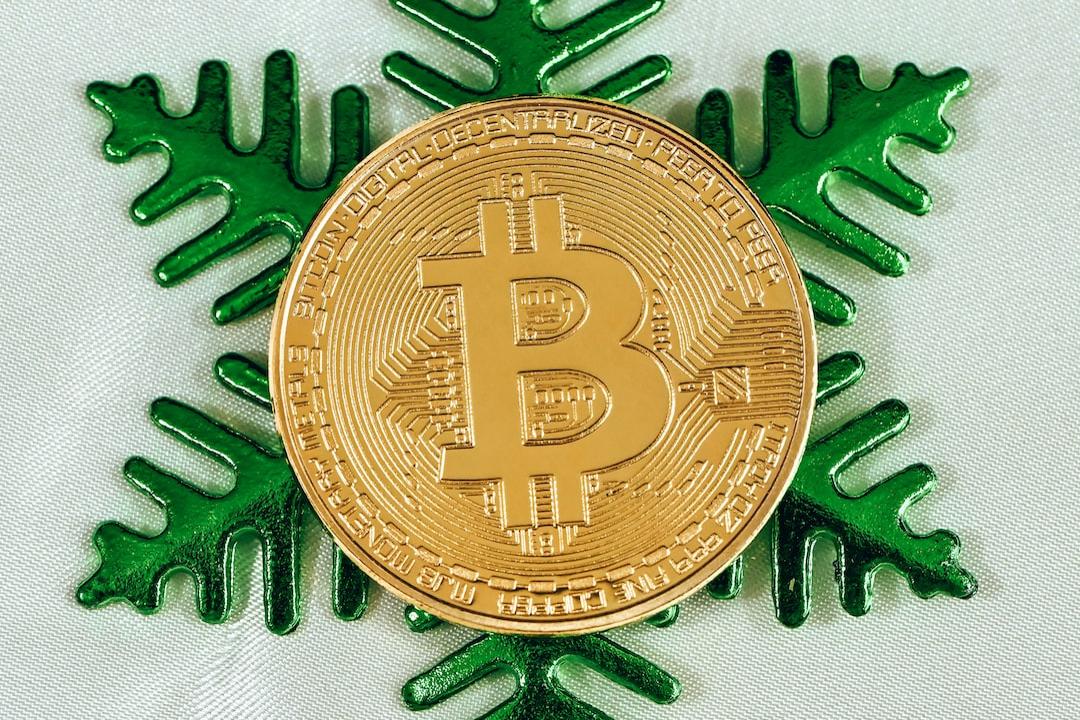Bitcoin (BTC) experienced sudden losses when Wall Street opened on February 13 due to the impact of United States inflation data on risk assets.
The decline in BTC price by 3.8% on that day, reaching a low of $48,435 on Bitstamp, was confirmed by data from Cointelegraph Markets Pro and TradingView.
Bitcoin’s negative reaction was a result of the higher-than-expected January Consumer Price Index (CPI). The month-on-month CPI was 0.3%, while the year-on-year figure was 3.1%, exceeding predictions by 0.1% and 0.3% respectively.
According to the U.S. Bureau of Labor Statistics, the index for shelter continued to rise in January, contributing to over two-thirds of the monthly increase in all items. Additionally, the food index increased by 0.4% as both the food at home index and the food away from home index rose over the month.
As a result, markets began reassessing the likelihood of the Federal Reserve cutting interest rates, with the timing shifting from March to later in the year. At the time of writing, CME Group’s FedWatch Tool indicated the odds of a March rate cut were only 8.5%, compared to 17.5% on February 12.
The unexpected inflation reading prompted The Kobeissi Letter, a trading resource, to state that avoiding a premature rate cut, which would benefit risk assets including cryptocurrencies, was the Fed’s main priority.
Despite the recommencement of inflows into spot Bitcoin exchange-traded funds (ETFs), Bitcoin’s price remained below $49,000. Outflows from the Grayscale Bitcoin Trust (GBTC) amounted to around 2,400 BTC ($117 million) at the time, according to data from Arkham. However, popular trader Daan Crypto Trades noted that ETF flows continued to show positive trends, with BTC supply being absorbed by these funds at a rate twelve times faster than new coins enter the market.
Last week, the net asset value (NAV) of GBTC’s share price relative to Bitcoin turned positive for the first time in almost three years.
Please note that this article does not provide investment advice or recommendations. Readers should conduct their own research before making any investment or trading decisions.

